BestFitFinder is supported by its audience. When you purchase using link in our website, we may earn an affiliate commission. Learn more
Is it still important to read bedtime stories to our little ones?
As a father of an inquisitive toddler and a teenager, I’ve witnessed first-hand the transformative power of bedtime stories. These nightly rituals have become cherished moments of connection, fostering language development, igniting imagination, and strengthening our parent-child bond. But the benefits of bedtime stories extend far beyond these immediate experiences. They play a crucial role in shaping toddlers’ cognitive and emotional growth, laying the foundation for lifelong success.
We often forget or we are too busy to read these magical books to our kids, personally I found often myself too tired, but with the help of my wife we found that taking turns helped to establish a routine. It’s completely understandable that not every day is good day, that’s why it’s important to help and support each other especially during the first years of development of a toddler. If you are a Polish speaker I would recommend to visit my wife’s blog by clicking here, she also wrote an article about bedtime stories and it’s in Polish.
When should you stop reading bedtime stories?
There’s no one-size-fits-all answer to when you should stop reading bedtime stories to your kids! It truly depends on the individual child and their preferences. Things you should notice as a sign of the end of this routine:
- Pay attention to your child’s behavior: If they seem restless or uninterested, they might be ready for a change. Conversely, if they consistently ask for stories, keep enjoying them together!
- Talk to your child: Ask them if they still enjoy bedtime stories and if they have any preferences for other pre-sleep activities.
- Independent reading: As children get older, they might enjoy reading on their own before bed.
- Quiet activities: Calming activities like listening to audiobooks, meditation, or gentle music can also promote relaxation.
- Snuggle time without stories: Maintaining a soothing bedtime routine with cuddles and conversation can still be beneficial.
Ultimately, the decision to stop reading bedtime stories should be led by your child’s preferences and your desire to foster a love of reading and a peaceful bedtime routine. Remember, there’s no “right” age to stop, and there’s always room for flexibility! If you would like to read more about this topic I would recommend you to read this article published here.

The Enchanting Allure of Bedtime Stories
Toddlers are naturally drawn to the allure of bedtime stories. They are captivated by the vibrant worlds depicted in books, where animals talk, toys come to life, and fantastical adventures unfold. These stories transport them from their familiar surroundings into realms of wonder and enchantment, igniting their imaginations and sparking curiosity.
The soothing rhythm of storytelling, with its repetitive phrases and gentle cadence, provides a sense of calm and security, easing toddlers into the tranquil realm of sleep. It’s like a lullaby for the mind, gently guiding them towards dreamland.
Language Development and Literacy Enhancement
Bedtime stories are a treasure trove of language learning opportunities. As parents narrate the stories, toddlers are immersed in a rich vocabulary of words, phrases, and sentence structures. In my family we are very lucky as I know two languages: Italian and English and my wife knows Polish and English. We are hoping that our daughter will be able to absorb these linguistic gems like a sponge, expanding her vocabulary and understanding of grammar by reading these books.
The act of shared reading, where parents actively engage their toddlers in the storytelling process, further enhances language development. By pointing to pictures, asking questions, and encouraging repetition, parents create an interactive dialogue that reinforces language acquisition.
Kids who hear more vocabulary words are going to be better prepared to see those words in print when they enter school
Jessica Logan (click here for more info)
Repeated exposure to stories also fosters a deeper understanding of language concepts, such as verb tenses, pronouns, and the relationships between words. Bedtime stories provide a natural and engaging context for toddlers to learn the building blocks of literacy.
Strengthening Parent-Child Bonds and Emotional Intelligence
Bedtime stories are a powerful tool for strengthening the bond between parents and their toddlers. These intimate moments provide parents with a unique opportunity to connect with their children on an emotional level. As parents read, they share their own experiences, emotions, and perspectives, creating a deeper understanding and empathy between parent and child.
Shared book reading does more than improve language skills; it also provides a context for the development of narrative skills, that is, retelling the sequence of goal-directed actions. Also, when mothers read, they often focus on characters’ feelings. As the explanations of character actions increased with children’s age from two to three, so too did the focus of children’s utterances.
McArthur, D., Adamson, L.B. & Deckner, D.F. (2005). As stories become familiar: Mother–child conversations during shared reading. Merrill-Palmer Quarterly, 51, 389–411.
Through shared storytelling, toddlers learn to identify and express their own emotions, developing emotional intelligence and resilience. They learn that emotions are valid and can be managed in a healthy way. Bedtime stories can also help toddlers navigate challenging emotions and develop coping mechanisms to deal with difficult situations.
Igniting Imagination and Creativity
Toddlers are natural-born storytellers, their imaginations a boundless universe of possibilities. Bedtime stories ignite this innate creativity, providing a spark for their own storytelling adventures. As they absorb the plots, characters, and settings from books, toddlers begin to imagine their own stories, transforming their surroundings into fantastical worlds of their own creation.
The act of visualization, where toddlers picture the events and characters in the stories, further enhances their imaginations. You can read an article from the BBC here about the importance of the imaginations in kids. This ability to form mental images is crucial for creativity, allowing them to explore different perspectives, solve problems, and develop innovative ideas.

Choosing the Right Bedtime Stories
When selecting bedtime stories for toddlers, it’s essential to consider their interests, developmental stages, and emotional needs. Choose books with captivating storylines, engaging illustrations, and relatable characters. Consider the overall tone and emotional content of the stories to promote a sense of comfort and well-being.
Books with themes of friendship, kindness, and overcoming challenges can instil positive values and foster emotional resilience in toddlers. Stories that address common toddler fears, such as monsters or the dark, can help them manage these anxieties and develop coping mechanisms.
Creating a Cosy Bedtime Reading Routine
Establishing a consistent bedtime reading routine is key to maximizing the benefits of bedtime stories. Make it a special time for connecting with your toddler, free from distractions. Choose a quiet, comfortable setting with soft lighting and warm blankets.
Incorporate soothing elements into the routine, such as calming music or aromatherapy. Allow your toddler to participate in the process of choosing the book and turning the pages.
The Psychological Impact of Bedtime Stories
Bedtime stories offer a plethora of psychological benefits for toddlers, helping them manage stress and anxiety, process emotions, and develop coping mechanisms. They foster a sense of security, belonging, and self-esteem, laying the foundation for a healthy emotional well-being.
As toddlers drift off to sleep, their minds are still processing the stories they’ve heard. This lingering effect can help them regulate their emotions, calm their minds, and prepare for restful sleep.
Bedtime stories can also help toddlers develop coping mechanisms for dealing with everyday challenges, such as frustration, anger, and sadness. By encountering these emotions in the stories, toddlers learn that these feelings are normal and can be managed in healthy ways
Here are a few classic bedtime stories that are sure to captivate little minds and spark their love for reading:
Goodnight Moon by Margaret Wise Brown This iconic children’s book lulls toddlers into a peaceful slumber with its soothing rhythm and familiar images of bedtime routines.
The Very Hungry Caterpillar by Eric Carle This beloved tale follows the adventures of a hungry caterpillar as it munches its way through a variety of fruits and vegetables. It’s a visually stunning book that sparks curiosity and teaches children about counting and the passage of time.
Brown Bear, Brown Bear, What Do You See? by Bill Martin Jr. This rhyming classic engages toddlers with its repetitive phrases and colorful illustrations, encouraging them to predict and identify objects in the world around them.
Where the Wild Things Are by Maurice Sendak This imaginative tale takes readers on a wild adventure with a mischievous boy named Max, who sails away to an island inhabited by fantastical creatures. It’s a story that encourages creativity and celebrates the power of imagination.
The Cat in the Hat by Dr. Seuss With its nonsensical rhymes and chaotic energy, this Dr. Seuss classic is sure to bring a smile to any toddler’s face. It’s a story that celebrates friendship, curiosity, and a touch of mischief.
These bedtime stories provide a perfect blend of entertainment, education, and emotional connection, making them ideal for fostering a love of learning and exploring the world around them. As you settle into your bedtime routine with your toddler, let the power of storytelling guide them into a realm of wonder and imagination, preparing them for a restful sleep and a world of possibilities.
Chicka Chicka Boom Boom by Bill Martin Jr. and John Archambault This playful ode to the alphabet follows the rambunctious efforts of various letters as they attempt to climb the coconut tree. With its rhythmic rhyme scheme and vibrant illustrations, it’s a perfect way to introduce toddlers to the alphabet in a fun and engaging
The Mitten by Jan Brett A heartwarming story about a lost mitten that provides shelter for a variety of woodland creatures, from a mouse to a raccoon. The illustrations are stunningly detailed, showcasing the changing seasons and the interdependence of nature.
The Snowy Day by Ezra Jack Keats A classic tale of a young boy’s joyful exploration of a snow-covered city. The vivid illustrations capture the beauty and wonder of winter, while the story encourages curiosity, creativity, and a sense of wonder.
Goodnight Stories for Rebel Girls by Elena Favilli and Francesca Cavallo A collection of inspiring bedtime stories about remarkable women from history, from Marie Curie to Serena Williams. These tales of courage, resilience, and determination will empower young children to believe in their own potential.
The Paper Bag Princess by Robert Munsch A clever and empowering story about a princess who saves her prince from a dragon using her wit and resourcefulness. It challenges gender stereotypes and encourages girls to embrace their strength and independence.
These bedtime stories, along with the classics mentioned earlier, provide a treasure trove of captivating narratives, engaging illustrations, and valuable lessons that will shape your toddler’s imagination, language skills, and emotional well-being. So, gather your little one, dim the lights, and embark on a journey through the magical realm of bedtime stories, where dreams and imaginations take flight.
We have more reviews for older kids too, if you have a teenager that needs a revising tool here a good article, also gaming chairs for kids in here.




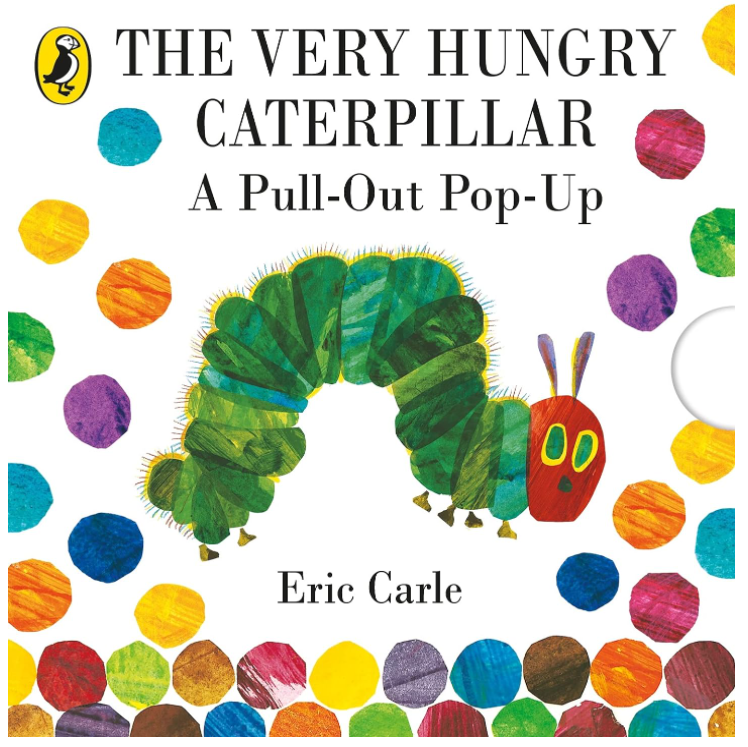
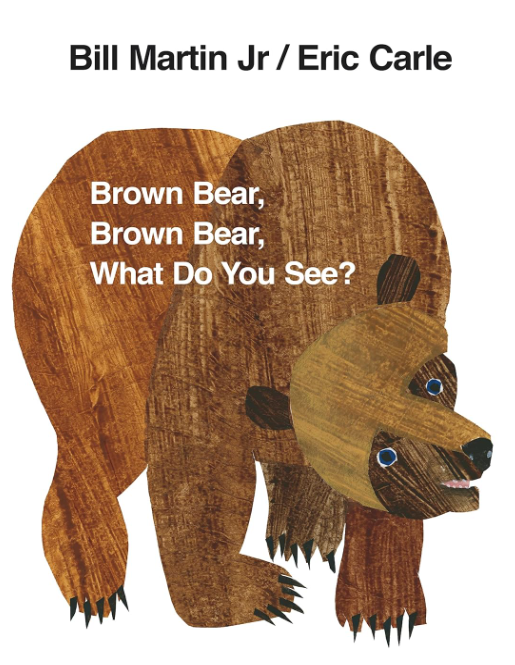
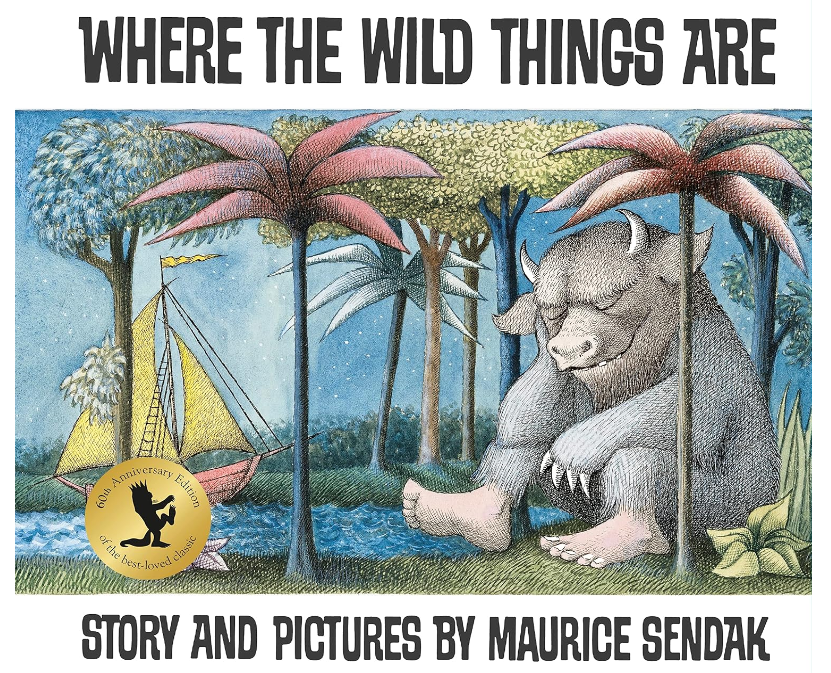
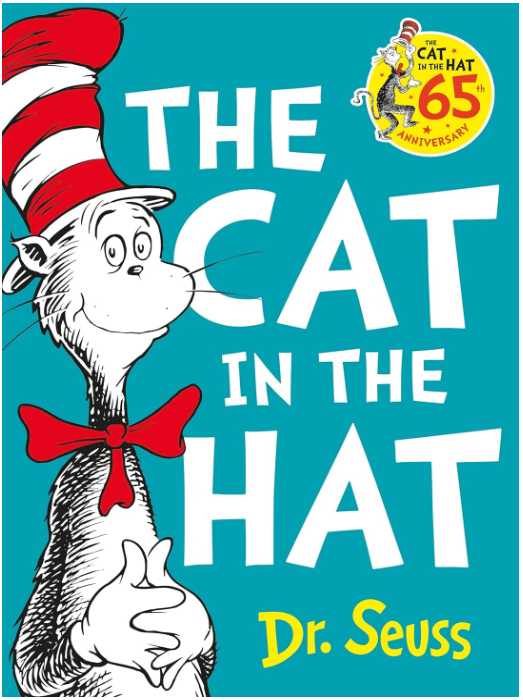
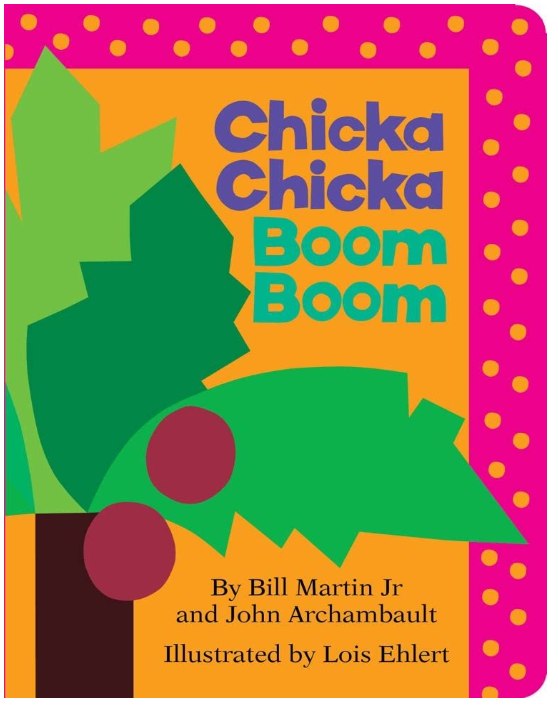
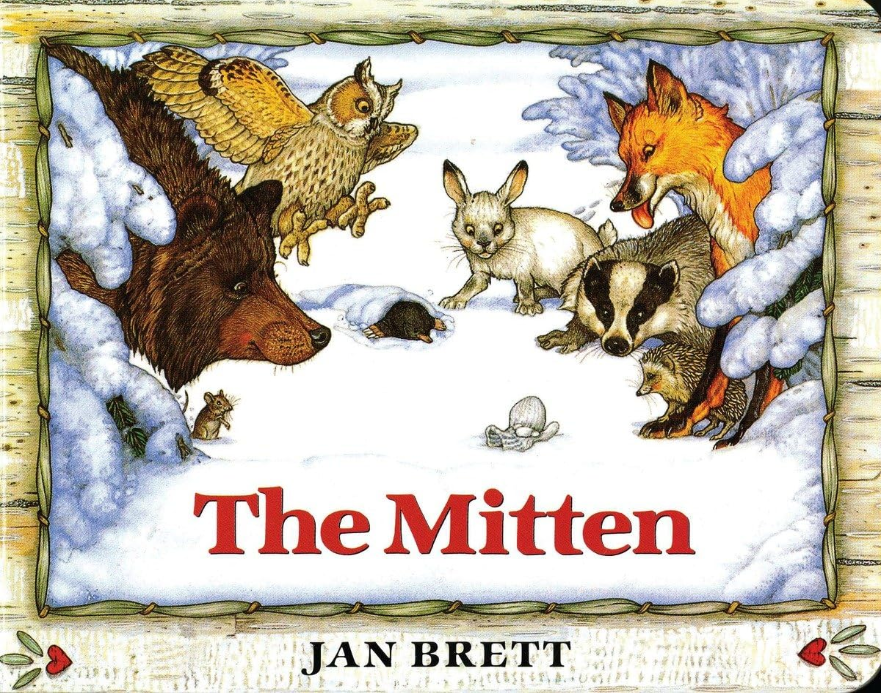
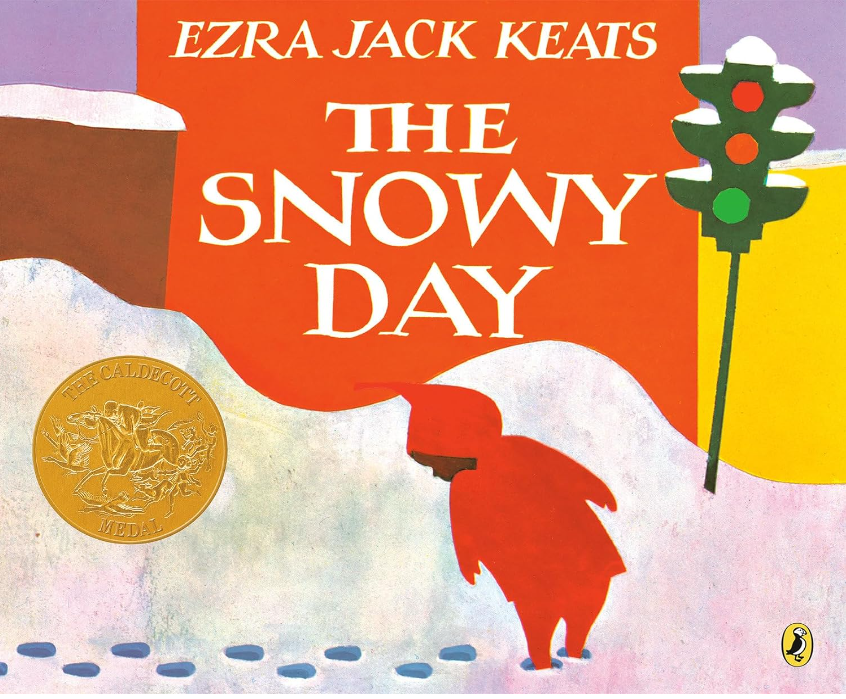

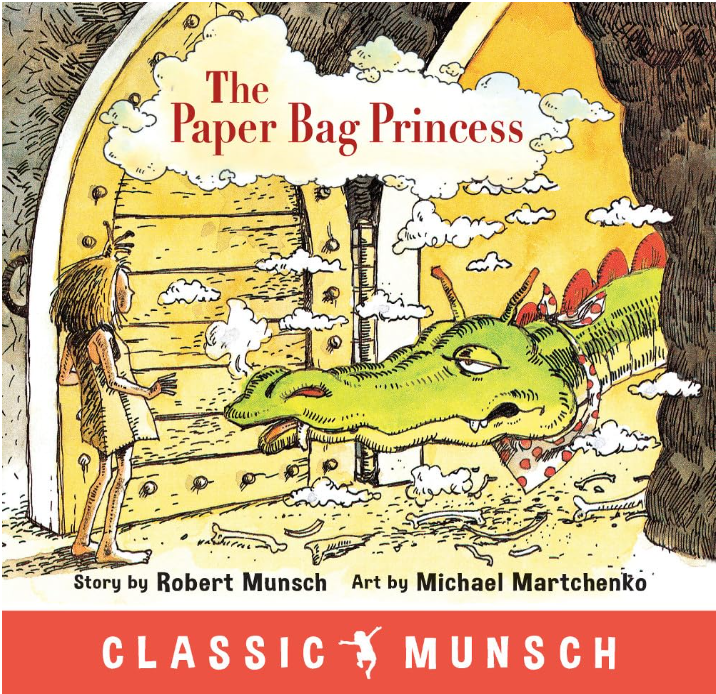



Pingback: Unveiling the Realm of Magical Short Stories: A Treasure Trove for Young Imaginations 2024 - Best Fit Finder